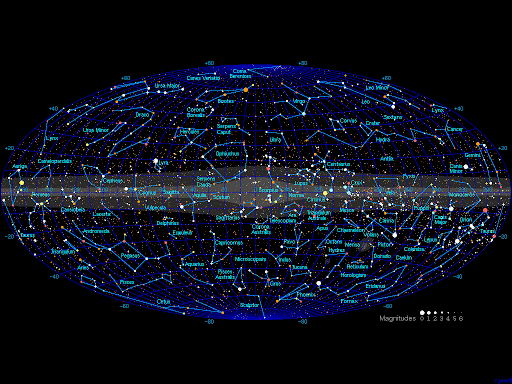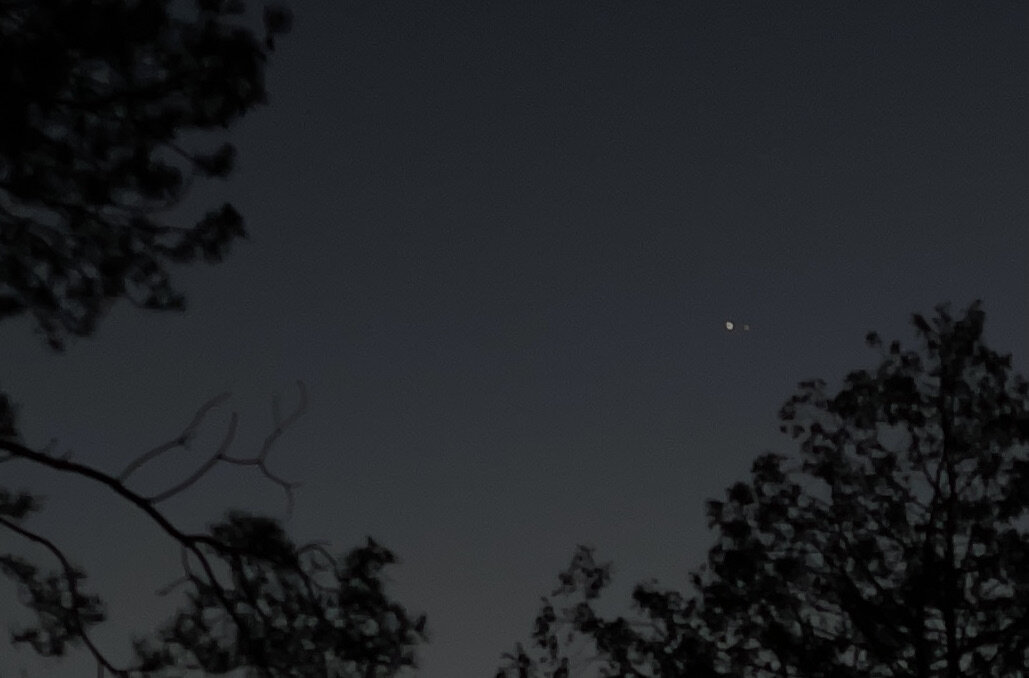This area of the sky is opposite, that is 180 degrees, from the area between Sagittarius and Scorpio (Figure 4) where the brightest area of the Milky Way galaxy is seen. This means that at this time period, six months after the helical rising of Gemini in the Spring, the Fall Equinox would be lined up with the thickest portion of the Milky Way – essential looking towards the centre of our galaxy.
In both Spring and Fall equinox, the sun, moon, planets and galaxy could be observed together.
As captured in myth this would be a very orderly and pleasant age with everything together in time and space. But as the precession moved the Spring equinox constellation out of Gemini and into Taurus the sun and planetary orbits would no longer cross the Milky Way. Bad things are recorded in the myths: floods ravaged the world, the great mill became un-hinged, gods departed, humans were kicked out of the Garden – all because the Milky Way was no longer connected with the rest of the sky.
Getting back to the Great Conjunction of 2020. While the public was made well aware of the close encounter of Saturn and Jupiter as a rare event, they missed the bigger picture that this is just another observation of the planet Saturn’s continued marking of time on the 26,000-precesional scale. According to Hamlet’s Mill, Saturn has been used to track the motion of the sky for millennium. It was named by the Sumerians as Enki, by the Akkadian and Babylonian as Ea by the Egyptian as Ptah and by the Greeks as Kronos. Just as the Great Conjunction of 6 AD may have heralded the coming of the age of Pisces, soon a Great Conjunction will herald the beginning of the age of Aquarius.
Outstanding Questions:
Ø Was Sirius Hamlet’s mother? Sirius/Sopdet helically rose at the summer Solstice in Egypt for 3,000 years announcing the floods thus outliving the transitions from Hamlet’s father to his uncle to himself[3]?
Ø Sellers speaks of Osiris/Orion “death” resulting from its failure to rise helically on the Spring equinox heralding the change of an age. But it is more likely that the constellation that was lost was Gemini – especially as she states on page 145 that “In Arabia, Orion/Osiris shared the name ‘Al Jauzah’ with the stars of Gemini”3.
Ø Going back further in time, were the pairs of T-shaped pillars in the centre of the Göbekli Tepe stone circles 9,000 years BCE related to Gemini? Possibly they were built to encourage the Golden Age of Gemini to remain in place?
[1] de Santillana, G., and H. von Dechend. 1977. Hamlet’s Mill: An Essay Investigating the Origins of Human Knowledge and Its Transmission through Myth. David Godine, Boston.
[2] https://en.wikipedia.org/wiki/Golden_Age
[3] Sellers, J., 2003. The Death of Gods in Ancient Egypt, a study of the threshold of myth and the frame of time. Jane B. Sellers.






















